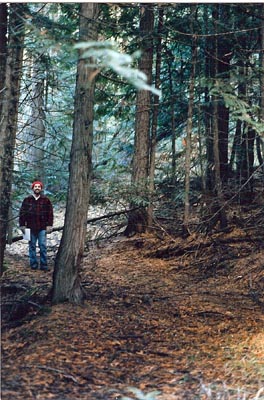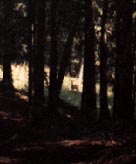
Restoring Altazor Forest

Michael Pilarski uses Restoration Forestry to cover a movement and discipline that draws on old traditions to heal degraded forests and provide a steady yield of high-value timber. Restoration is one of 8 paths (identified by Michael Soule) for potential biotic survival. Restoration areas are also a kind of wilderness (as identified by Alan Wittbecker) which are set in a pattern by human activity, but which should not need further intervention. Restoration usually involves intensive management of small areas to restore sets of species. EI identifies candidate ecosystems for restoration using landscape ecology and conservation biology.
Good designs for restoration learn to embrace error and failure, so necessary in open systems. Most forest designs will not be restorations, because of the uncertainty about the kinds and associations of native vegetation. Furthermore, humans are now an large part, although not yet an integral part, of forest ecosystems; therefore it could not be restored to a premodern or prehuman state (and even if it could be, which state would be best?). The design is not the biotechnological design of a new ecosystem, either; we cannot accurately control and predict ecological events in most ecosystems. However, we can steer some of the events in a known direction—known because we have historical records of the system, although not complete.
Restoration plans are automatically included in Ecoforestry plans for forested land. EI has started a restoration of an oak woodland at the Mountain Grove Forest in Oregon. Begun by Dennis Martinez, this project is the first of several there (check out our research page).
Deer at Altazor Forest

For more information, please contact us: Restoration Program, emt@ecoforestry.net
Back to the EI main page.